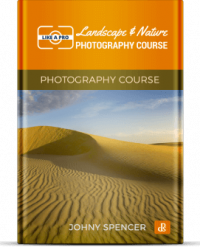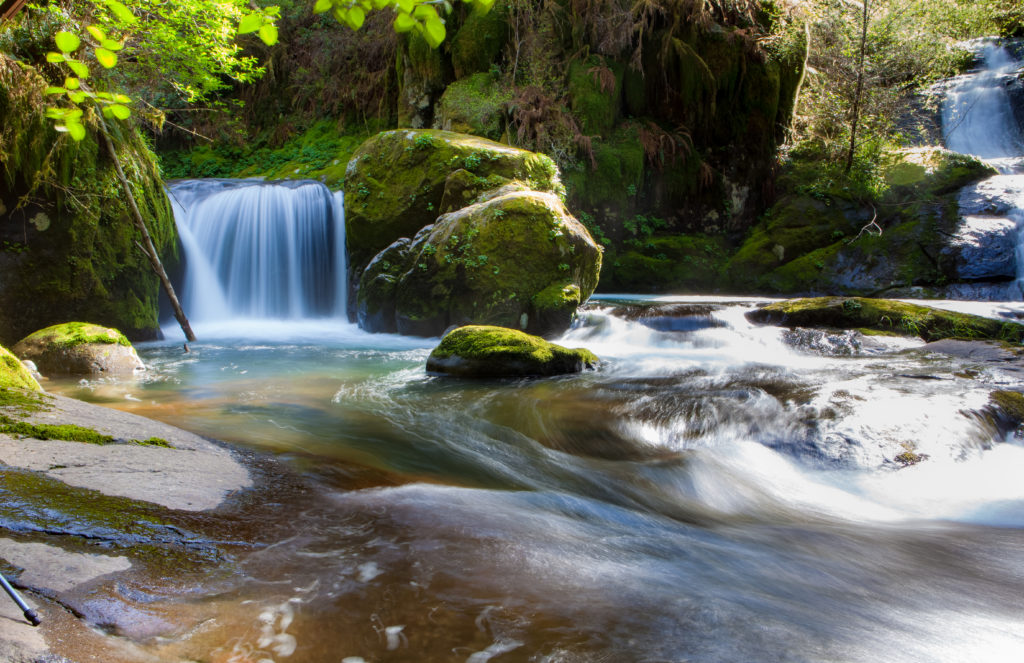What You Can Learn From Entirely Different Photography Genres
If you spend any length of time within one photography genre, you come to the point when you wonder, what would take me to the next level?Deepening your creativity often means making connections between unlikely things.
If you want to deepen your photography, one option is to take what you learn from one genre and apply it to another. Could you find something used in portrait photography and apply it to landscapes? How about taking an approach from birth photography and applying it to real estate photography?
Let’s explore the idea of combining approaches from different photography genres.

I had been out taking some landscape photos when I saw these canoes. A photo of the canoes
on their own wasn’t working out for me. But when I saw this child come walking by it gave me
an idea. I thought of all the street photos I had seen of people walking past interesting objects
or backgrounds. For the fun of it, I adopted that concept here. I love the way the boots echo the
yellow canoe.
What Portraiture can teach us about Landscape or Nature Photography
I’m a portrait photographer. What I love about portraiture is exploring the way people express their hidden selves through their body. You can see expression and gesture in feet, hands, and faces.If you love to photograph nature and landscapes, you can take this concept of gesture (something we normally look for in people or animals) and apply it to your nature photography.
The more I focus on gesture in people, the more I see it in nature as well. Consider what Jay Maisel has to say in his book, Light, Gesture, and Color:
“Gesture is the expression that is at the very heart of everything we shoot. It’s not just the determined look on a face; it’s not just the grace of a dancer or athlete. It is not only the brutalized visage of the bloodied boxer. Neither is it only limited to age, or youth, or people, or animals. It exists in a leaf, a tree, and a forest. It reveals the complicated veins of the leaf, the delta-like branches of the tree, and when seen from the air, the beautiful texture of the forest.”I believe something like gesture is what we’re after when playing with lines in a photo or even slow shutter speeds. Look at nature through the lens of gesture, and you’ll be more creative in your nature photography.

When I looked up at this tree, it was the gesture of the branches that drew me in. It takes
decades for those branches to get there. Though they’re holding perfectly still, there is the
feeling of gesture because of their shape.

I love to play with light. While photographing these flowers, a little lens flare struck my view.
It’s very subtle, but on the right side of the photo, you can see a faint burst of warm light. It’s
as if the flowers are reaching for the light.
What Wedding Photography can teach us about Food Photography
I’m not a food photographer, but if I photograph a wedding or event, I try to include a photograph of the dinner. Couples pay a lot for their meal, so why not add a photo? The problem is a stark white dinner plate full of food looks lifeless and uninspiring among all the other wedding moments. There was a disconnect between my candid event photography and my attempt at food photography.Weddings are about writing a new story; joining families and sharing life. But I discovered that there is just as much of a story in the food as there is in the rest of the wedding. When I was able to chat with a chef as she prepared food for the guests, I came to learn how much she loves her craft. There is as much heart in the preparation as there is in the sharing of the meal.
So I began to photograph the meal just like I did the rest of the wedding. I took the heart of what I had been pursuing in all those candid wedding photos and applied it to photographing the food.





What Birth Photography and Real Estate Photography can teach us about each other
I can’t imagine two genres more opposed than birth photography and real estate photography.If I tell a friend that I photographed a house for a real estate agent, they don’t care. They assume it’s just something boring I do for money. But when my wife tells people she photographs births, their jaws hit the floor and a passionate discussion ensues.
For most people, maybe photographers too, real estate photography is a boring necessity while birth photography is an exciting adventure. After all, one of those life experiences is about drama, emotion, and new beginnings, while the other is a series of appointments and paperwork until the ordeal is over.
Yes, but which experience is which?
Have you ever bought or sold a house? Then you know there is plenty of drama and emotion involved. Have you ever had a baby? Then you know there are plenty of appointments and paperwork. Both experiences – home-buying and having babies – are filled with the potential for adventure and emotion.
Try taking the obvious emotional excitement of birth photography and applying it to real estate photography. When you force yourself to flip everything on its head, you might see something quite different.
Many families have a negative birth experience. They’re treated like a commodity by their doctors and the hospital staff. A birth photographer knows that even if a laboring woman is given a bad experience by hospital staff, the photos still have to portray the unique beauty of the experience.
Even though real estate photography may often feel like a commodity, it can be a beautiful part of the story. First-time homebuyers are on an amazing life journey. Perhaps there can be more spontaneity and emotion in real estate photography than we first think – even if it’s hard to represent in typical real estate photos.

My wife, Naomi, made these birth photos. I love to see the range of emotion and depth of
personality in her photos. But they certainly make my real estate photos look dull.



I know that my real estate photos are part of a larger story and every once in a while I have the
chance to photograph that story. Sometimes that comes by being able to photograph the move-in day.
chance to photograph that story. Sometimes that comes by being able to photograph the move-in day.



What Street Photography can teach us about Newborn Photography
If you’re tired of posing newborn photos, street photographers can be your guide. They are masters of spontaneity – taking whatever moments the situation gives to them. Street photographers are explorers of society. As a newborn photographer, you can be an explorer of human nature in newborns.Wait and see what that baby will do. Take what the newborn gives you rather than forcing your vision and poses on them. There is nothing wrong with posing, but it can be exciting to explore other moments that happen naturally.

Do you know all those adorable photos of newborns wrapped in beautiful fabrics and
placed in baskets? Well, this is the reality; a screaming newborn and bewildered older
brother. Take the moments that come to you.
placed in baskets? Well, this is the reality; a screaming newborn and bewildered older
brother. Take the moments that come to you.
Think beyond your genre of photography
When you want to deepen your creativity as a photographer, begin with the principles of the genre of photography you’re working within. When you’re ready to go even deeper, go beyond the principles of your genre and consider what different photography genres might teach you.Share this article.





 https://resources.digital-photography-school.com/ref/937/
https://resources.digital-photography-school.com/ref/937/



















